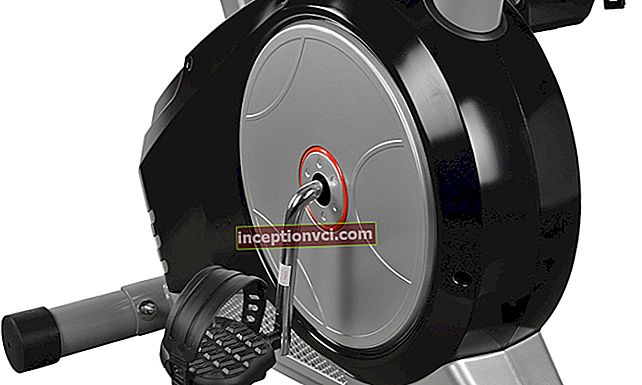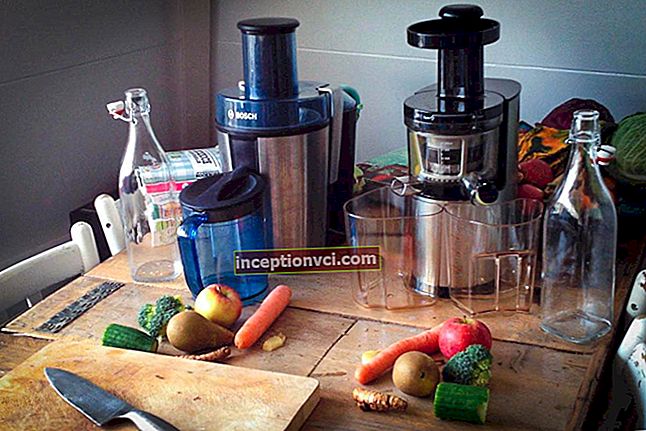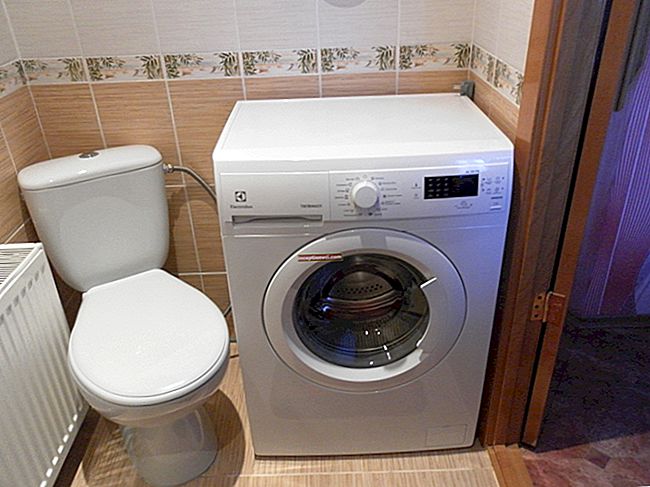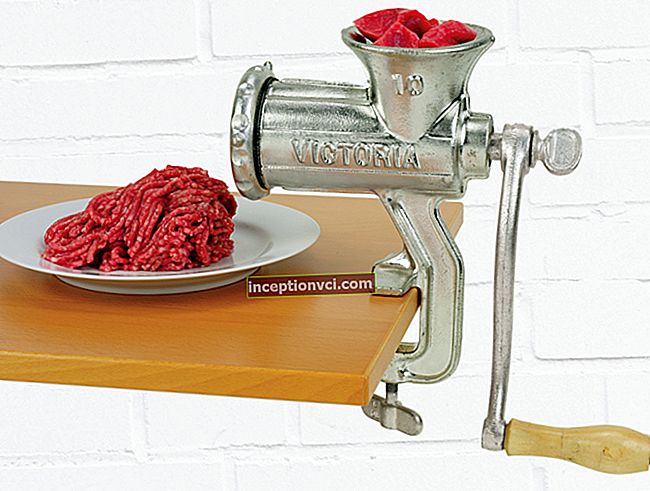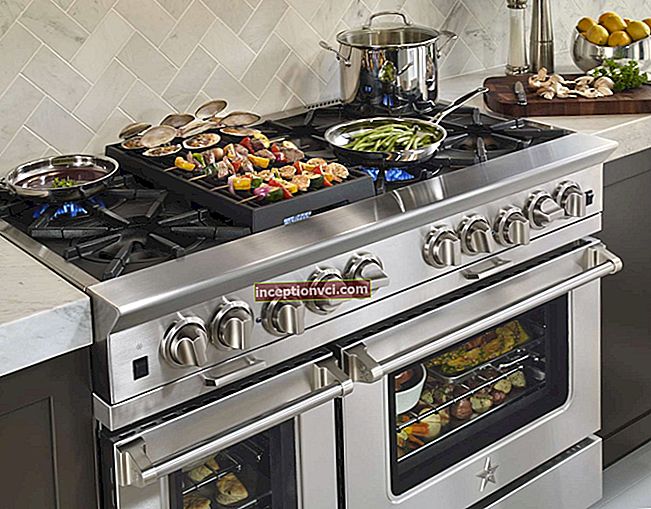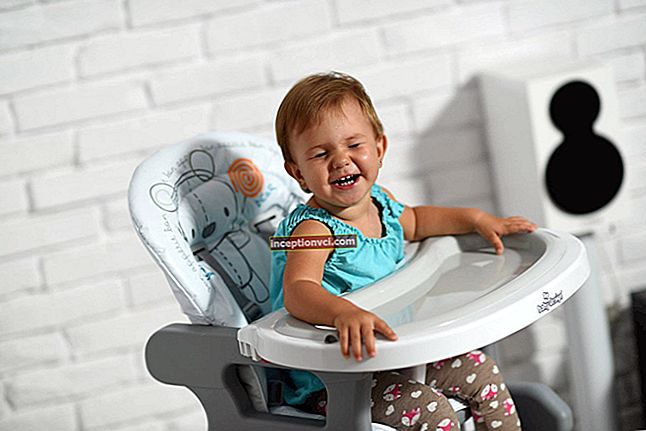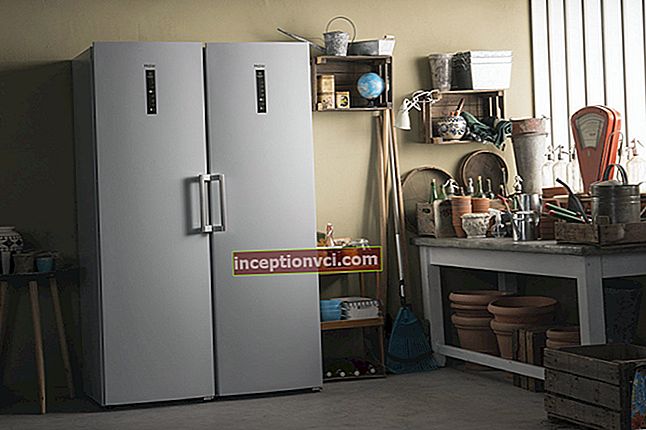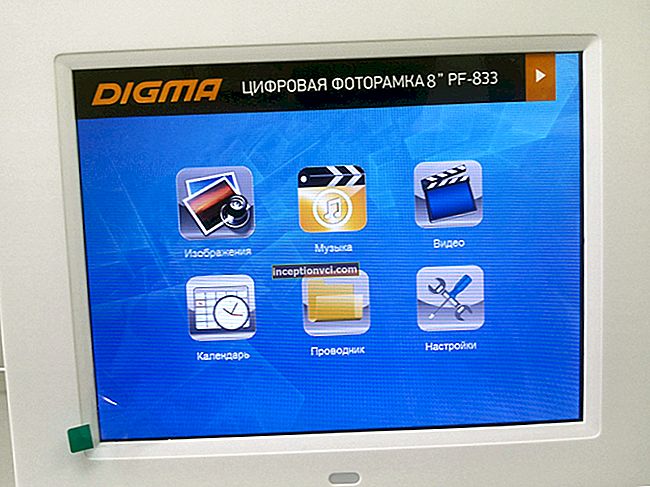A printer (i.e. a printing device) in Windows means not only a real printer, but also a virtual one. A real printer is a printer associated with a network, local or global. If the printer is on your desk, then it must be previously connected to the computer. That is, a special program (Wizard) must be launched that selects drivers from the list of drivers.
A driver is a special program that allows information to be exchanged between a computer and a printer.
Printers also include fax, plotter, and other printing media.


A network printer is a printer attached to another computer, but on which you can print information over the network. The network can be both local and global. There are organizations that provide services for printing information on their printers over the network. You just need to register there first. First of all, it can be interesting for printing high-quality photographs. There is probably no point in buying an expensive printer for printing photos at home.

This service has become generally available due to the large number of firms that are engaged in this business.
These are all real printers. In addition to them, there are also virtual ones, i.e. imaginary printers. These printers include:
1.print to file. Then this file can be copied to a disk, such as a floppy or CD-ROM writer, if you have one, and printed on a real printer, for example, from a friend, at work, etc .;
2. Creation of special files using Adobe Acrobat PDF Writer and Adobe Acrobat Distiller.
In order to print to a file, you need to check the box in the "Print and file" indicator, which is available in the "Print" dialog box. This window opens when we define the print parameters for a specific document. By default, files created in this way have the extension "* .PRN".
The programs described above create what are called PDF documents. Such files are read (printed, including on a real printer) by the Adobe Acrobat Reader program. Overall, Adobe Acrobat includes many useful programs. Therefore, it must certainly be on your computer.
I explain why this is needed. Imagine that you have created a text document using different fonts for decoration. Then you bring this document to the customer on a floppy disk. This is where the problems start - it doesn't have some of the fonts you used.
These fonts will be replaced with those that Windows considers most appropriate. Therefore, instead of a beautifully designed document, you may end up with a "freak on crooked legs".
This is especially true for character fonts, when instead of one character another appears. The same applies to graphic images. In order for your file to be read on all computers exactly as it was created, Adobe Acrobat PDF Writer and Adobe Acrobat Distiller are used. The first works when only text is present in the document, few graphic objects are acceptable. The document is more accurate, but it creates large files. Adobe Acrobat (especially its component Adobe Acrobat Reader) is now so widespread that it is available on almost every computer. This component even comes on CD-ROMs containing other programs for the purpose of reading help information, which is often written in PDF format.
If you have such programs on your computer, then they will also be considered printers, i.e. they will be offered in the list of available printers, along with the real ones.
In order to connect a new printer to your computer, follow these steps: in the main menu, find the "Printers and Faxes" line, click on it with the left mouse button.
A dialog box will open. From the Printing Tasks panel, select Add Printer.
This will open the Add New Printer wizard. In my parameters, the printer is already installed, so slight non-fundamental deviations are possible. In the first step of the Add Printer Wizard, click Next.
The next step is to determine the type of printer to be installed - local or network. Plug and Play stands for Plug and Play. This standard is intended for users who have little understanding of the order in which any operations are performed on a computer. The experience of entire decades is concentrated in this standard, which embodies the principle: a computer for a person, not a person for a computer.
You can select a local or network printer by clicking on the radio button you choose. When a radio button is selected, a dotted check box is set inside it. By default, the local printer is selected. Click "Next".
The next step is to install the plug-in printer modules. If the master could not determine them on his own, then he will have to do it manually. Click "Next".
Determine the port for the printer. The wizard prompts you for a default port. You can agree with him. Click "Next".
Next, select the manufacturer and model of the printer to determine the driver. First, the manufacturer is selected, after that a list of printer models that the master knows "by sight" opens. That is, the wizard has built-in drivers for these printers. Even if you have an outdated printer, a suitable program will be selected for it, allowing you to exchange information. If the driver is installed on the disk that came with the printer (this is almost a fact), then click the "Have Disk" button. If the driver is on a 3.5-inch disk, then specify the drive "A", and if it is on the CD-ROM, then specify the name of the drive (as a rule, this is drive "E", but there may be another name, depending on from your computer settings). Do not rush to run after valerian - installing a driver from a disk is not much more difficult than the described steps of the wizard. After installing the driver, click on the "Next" button.
The next step is to define the name of the default printer. The default printer is needed so that when printing without setting parameters, the program knows which printer to print this document on. The question may arise - and if there is only one printer, then why do you need to do this? The fact is that the computer works strictly according to the program, and it does not care if you have one printer or ten. In addition, I have already said that printers can be not only real, but also virtual. The computer understands only when it is clearly explained.
Now check how the printer was installed. If the driver is installed correctly, you will see printed text on the test page that you can read.

If the driver was not installed correctly, i.e. If the driver is installed from another printer, then characters in an incomprehensible language will be printed instead of readable text.
In this case, you need to press the "Back" button until you return to the step that allows you to select a driver for the printer. If the test page prints correctly, click Next.
At the final stage, generalized information about the installed printer is given. Click Finish to complete the Add Printer Wizard.
Since my printer was already installed earlier, then ignore some small details that do not correspond to your messages in the windows.
As you can see from this description, installing a printer using the wizard is not a complicated and incomprehensible process. So far I have not met people, even among beginners, who could not cope with the presented task. Windows has a system that automatically detects new hardware when the Windows operating system boots. That is, as soon as you connect a new printer (fax, plotter, etc.), during the next Windows boot, a message will be displayed stating that new hardware has been detected, and then the process of determining the printer settings will proceed according to the described scenario.The same will happen if you install any new hardware.
After installing the printer, you can make additional settings. To do this, open the "Main Menu" and select the "Printers and Faxes" line. Click on it with the left mouse button. In the window that opens, right-click on the printer icon to open the context menu. Select the "Properties" command. The appearance of this window and the number of tabs vary from printer to printer.

Remember, your window may not look like mine at all. But on Windows, this is probably the only thing that doesn't match across different users.
Despite this, there is still a lot in common. printer makers understand that they must adhere to common standards.
On the "General" tab, in the "Comment" field, you can write a brief comment about the printer (although in 99% of cases this line is not filled in). The text that you write here will be displayed every time you configure the print settings for the document in the "Print" window.
The Print Setup button determines the orientation (portrait or landscape), the order in which pages are printed (first or bottom of the document), print quality (best, normal, draft), color (color or black and white).
Portrait orientation - the page height is greater than the width. Landscape orientation is the opposite.
On other tabs, you can change the printer port and driver. When you change the port, you can create a "Print to file" virtual printer. Although I will say from my own experience, I gave up on this virtual printer, because in the "Print" window there is a special indicator for this. Therefore, it is better to use a real rather than a virtual printer.

